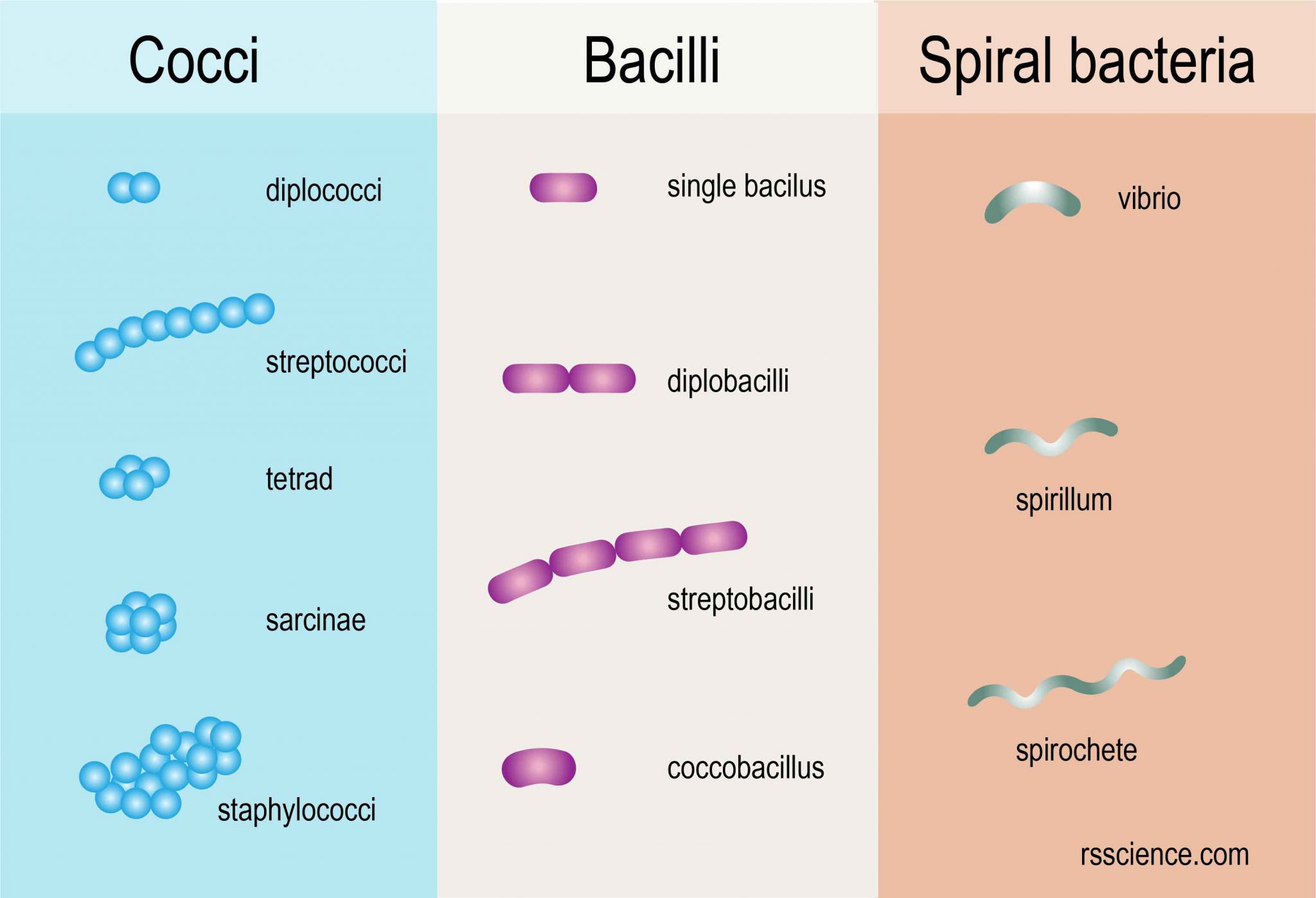
The gram-negative bacteria include the model organism Escherichia coli, as well as many pathogenic bacteria, such as Pseudomonas aeruginosa, Chlamydia trachomatis, and Yersinia pestis. Gram-negative bacteria are found in virtually all environments on Earth that support life. They are characterized by their cell envelopes, which are composed of a thin peptidoglycan cell wall sandwiched between an inner cytoplasmic cell membrane and a bacterial outer membrane. Gram-negative bacteria are bacteria that do not retain the crystal violet stain used in the Gram staining method of bacterial differentiation. However, a few are pleomorphic – they are capable of assuming different shapes and lack a single characteristic shape.Group of bacteria that do not retain the Gram stain used in bacterial differentiation Microscopic image of gram-negative Pseudomonas aeruginosa bacteria (pink-red rods) Most bacteria are monomorphic – they maintain a single shape.

Bacillus bacteria typically occur in chains and are found in soil and water. Sarcinae – Sarcinae bacteria occur as groups of eight cells.īacilli are rod-shaped, gram-positive bacteria.Staphylococcus – In staphylococcus bacteria, cell division occurs in three different planes, arranging the cells in an irregular cluster that resembles a bunch of grapes.Tetrads – In tetrads, cell division occurs in two planes, arranging the cells in groups of fours.Streptococcus – After cell division, streptococcus cells join in a single plane in a chain-like arrangement.Diplococcus – The cells in diplococcus bacteria are arranged in pairs after cell division.Monococcus – Coccus bacteria exist as single spherical cells.Based on the cell arrangement, cocci bacteria can be classified into specific subtypes:

After dividing, the cells remain attached to one another in distinctive arrangements by which they are identified. Spherical shaped bacteria - CoccusĬocci are spherical-shaped bacteria.

Each bacterial species has a characteristic shape by which it is identified. There are four basic bacterial shapes – spherical, rod-shaped, comma-shaped, and helical.


 0 kommentar(er)
0 kommentar(er)
